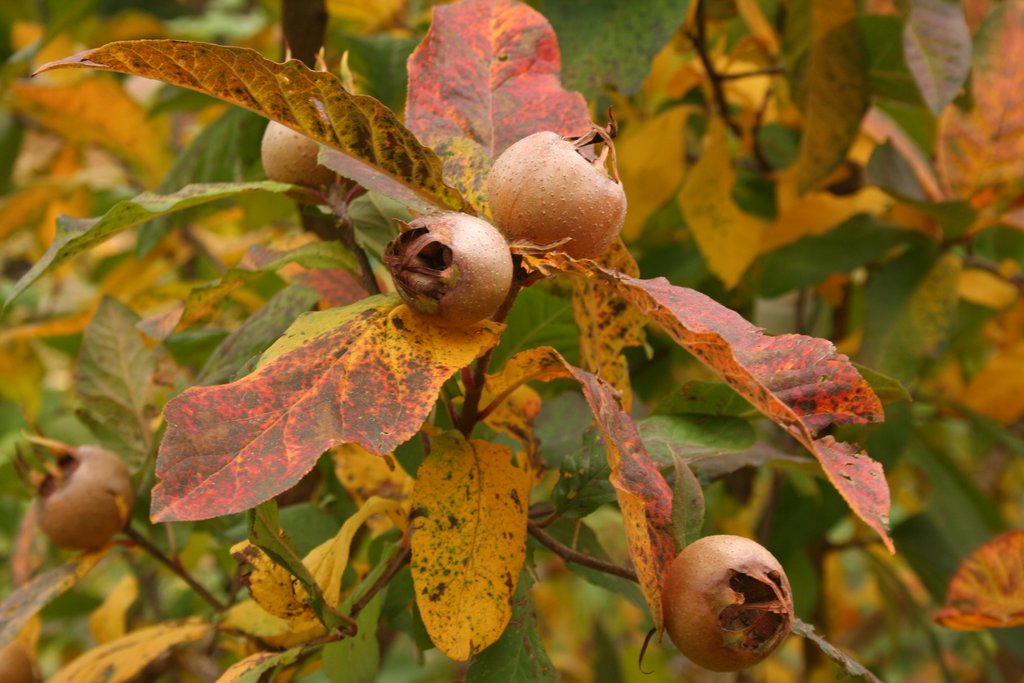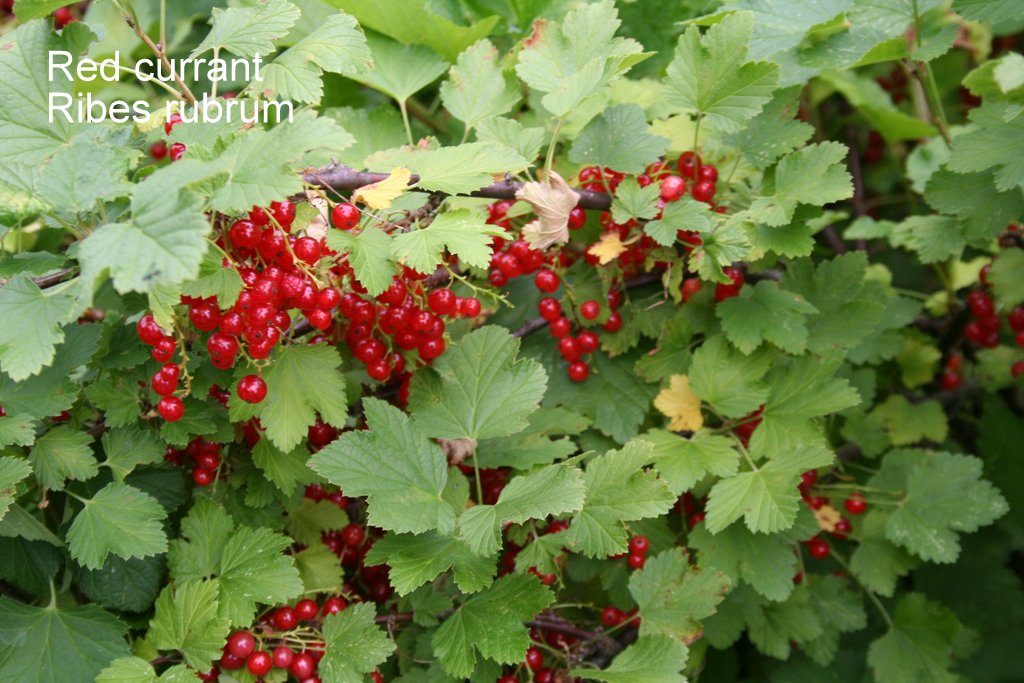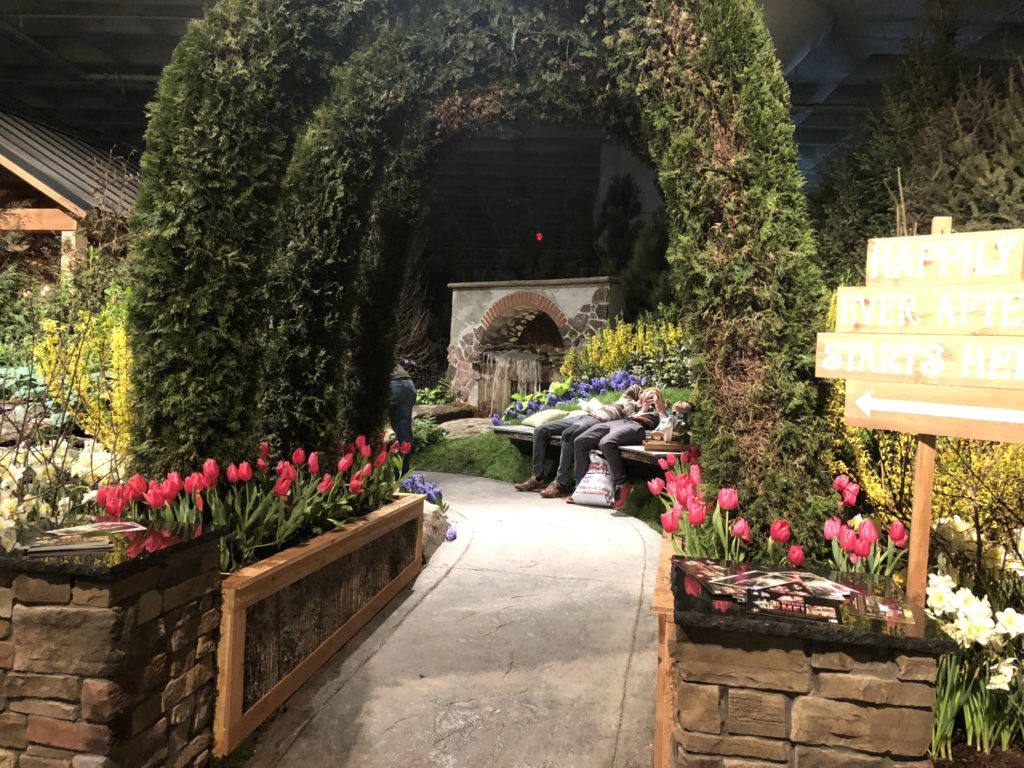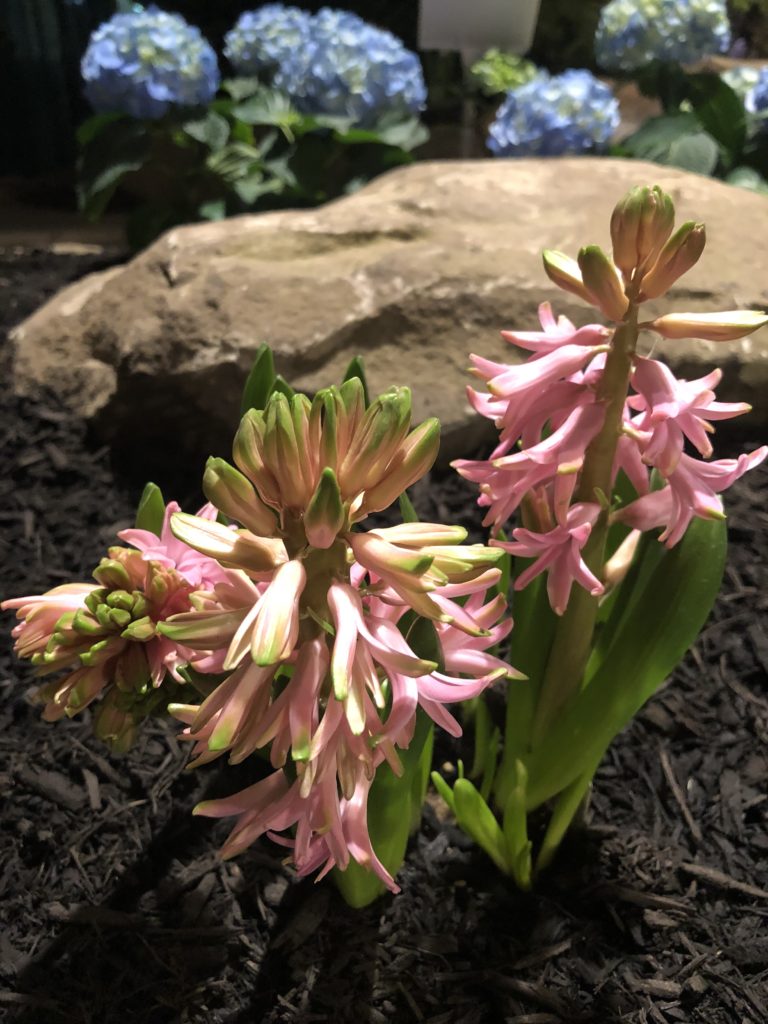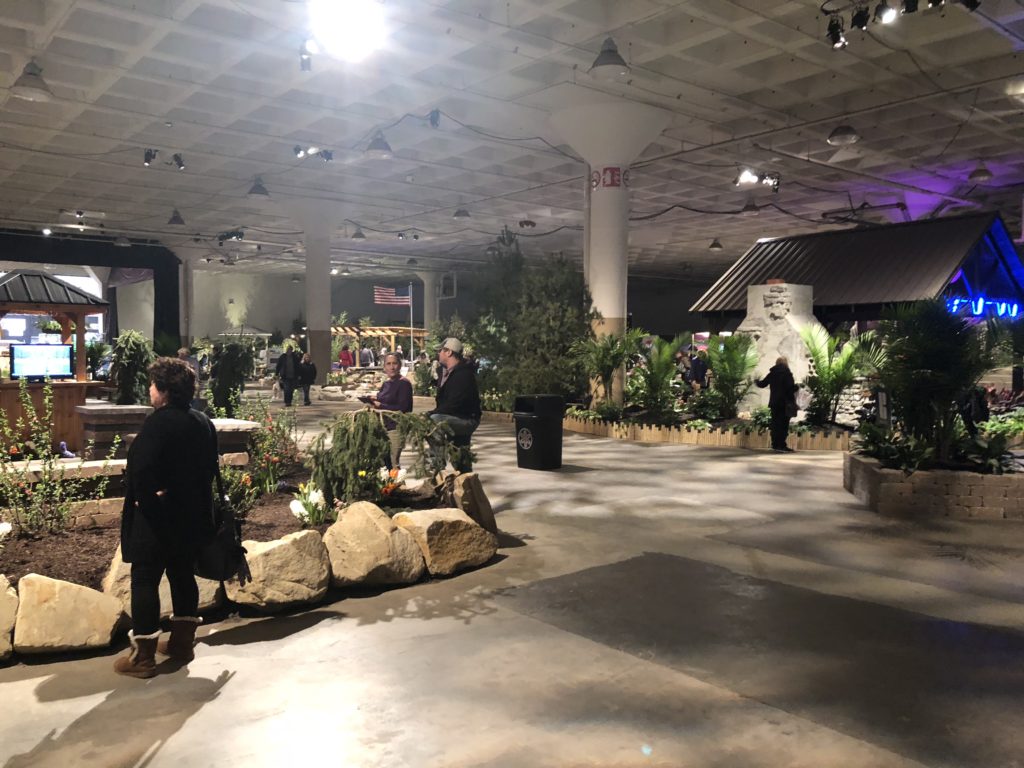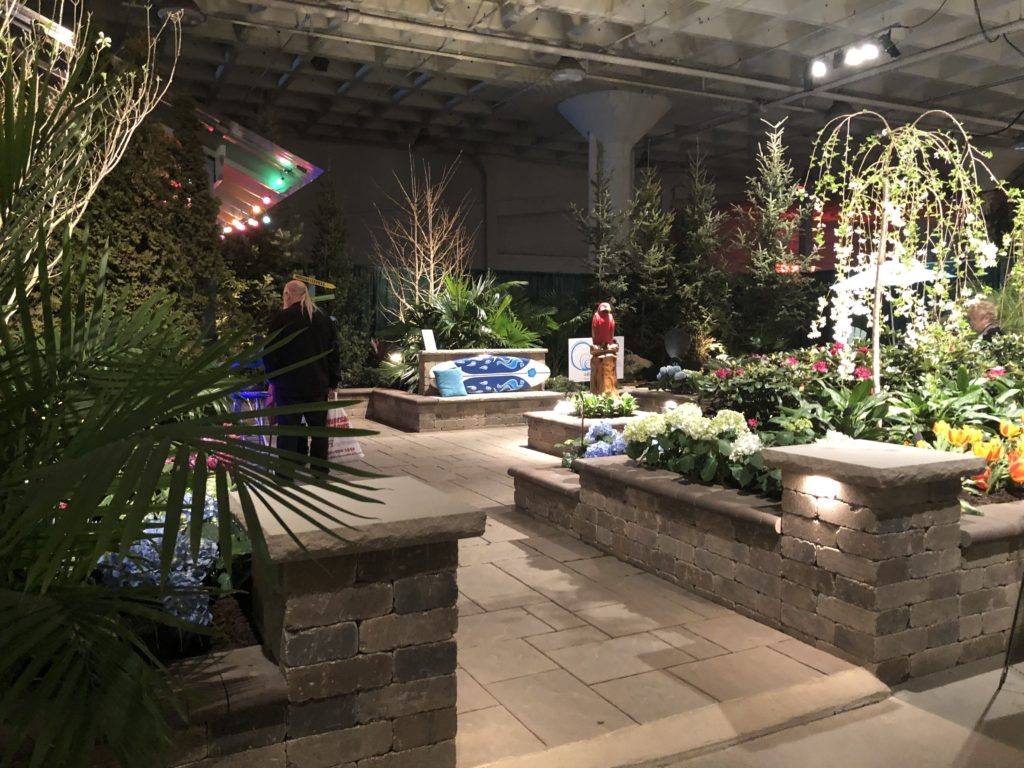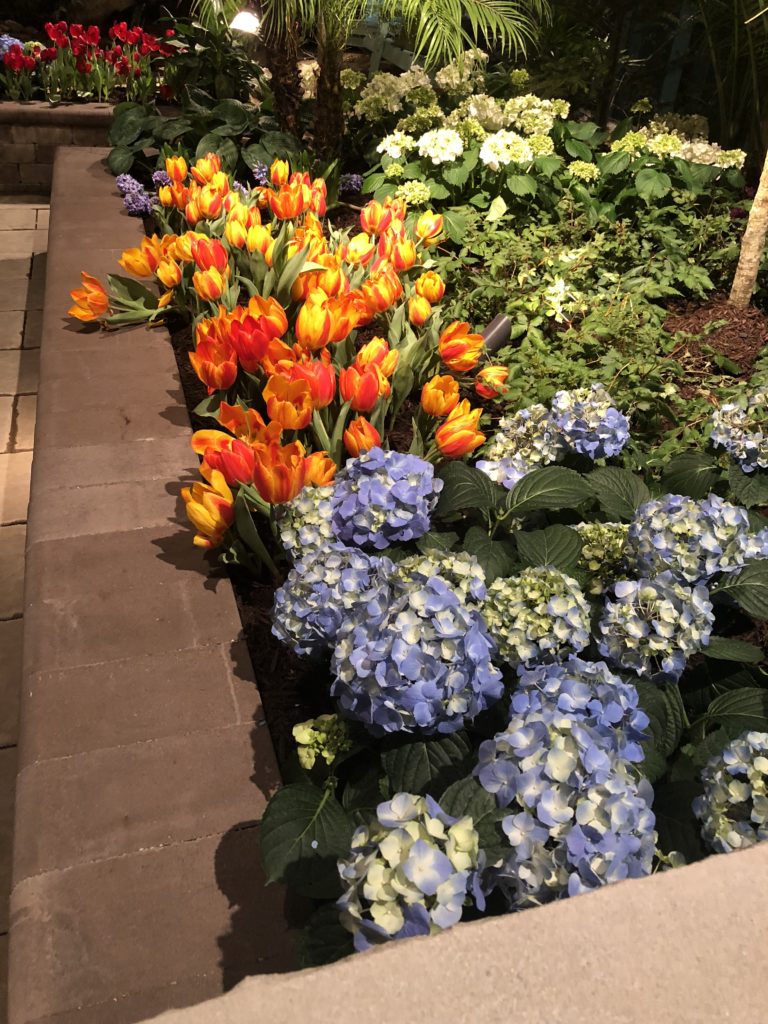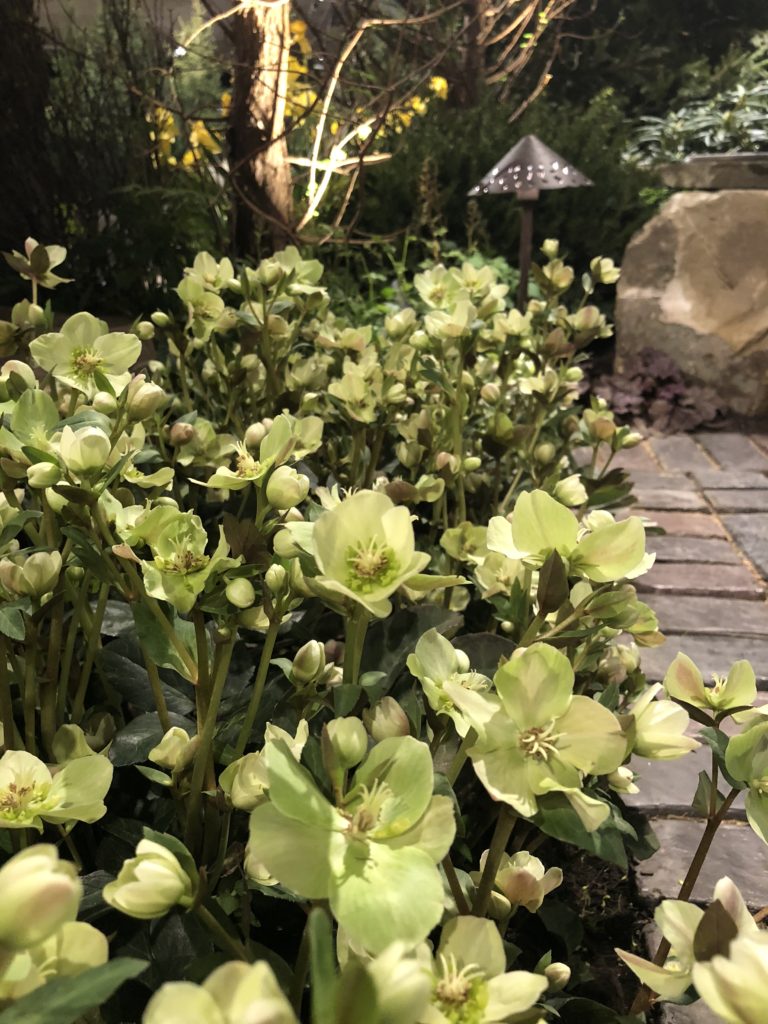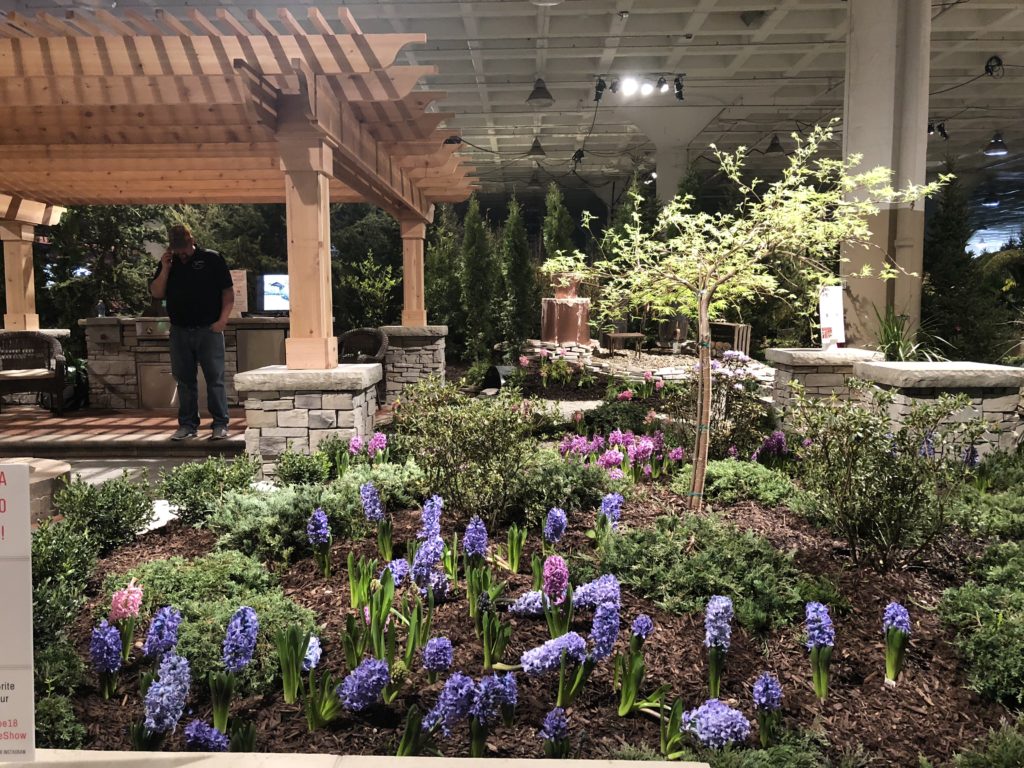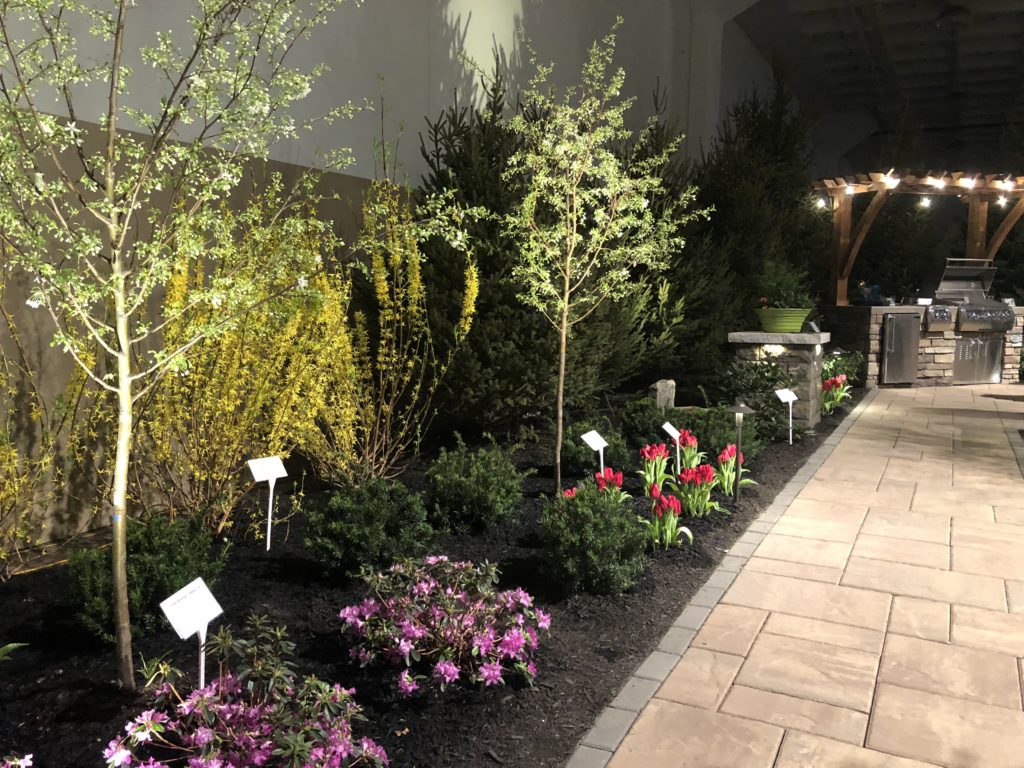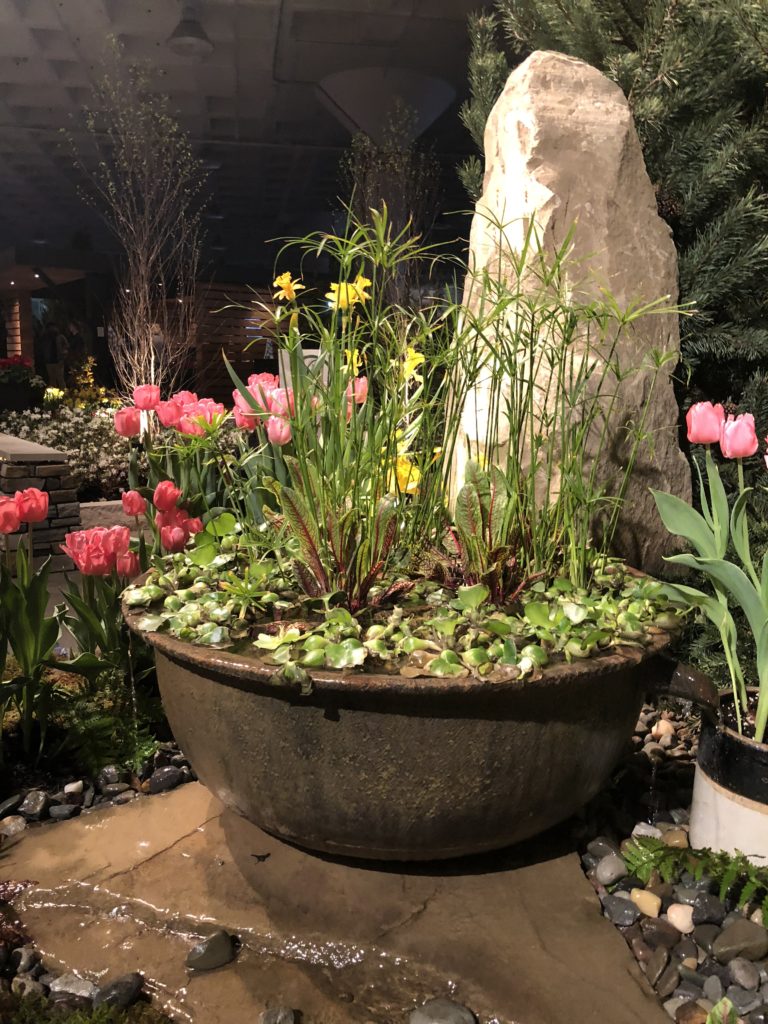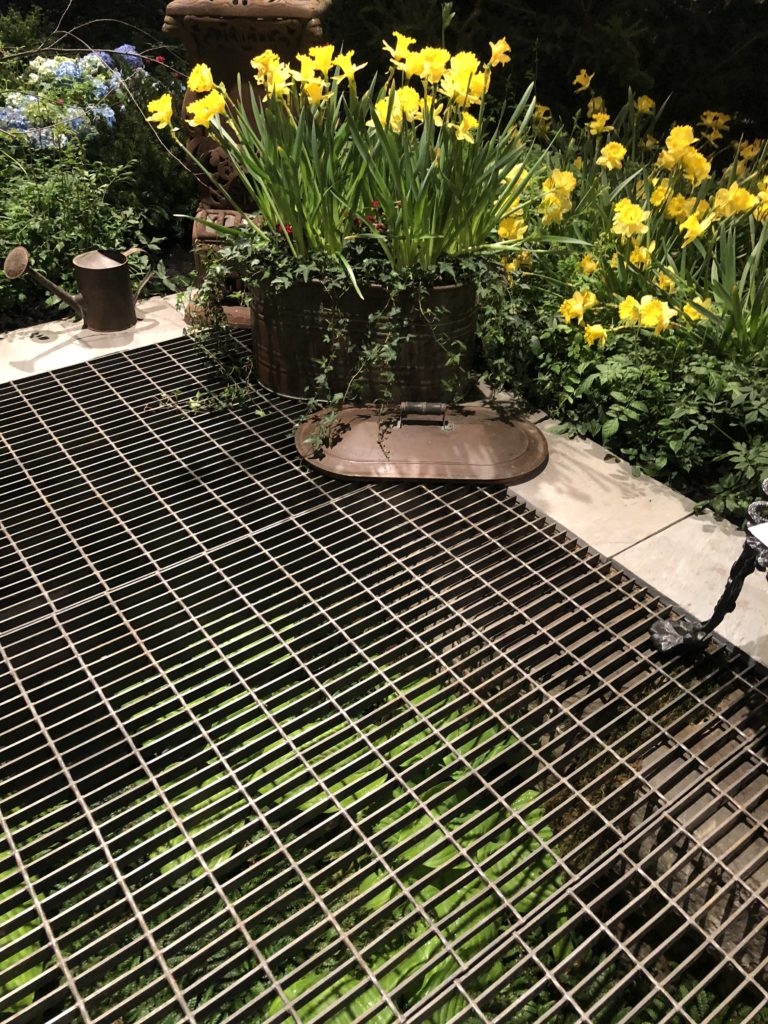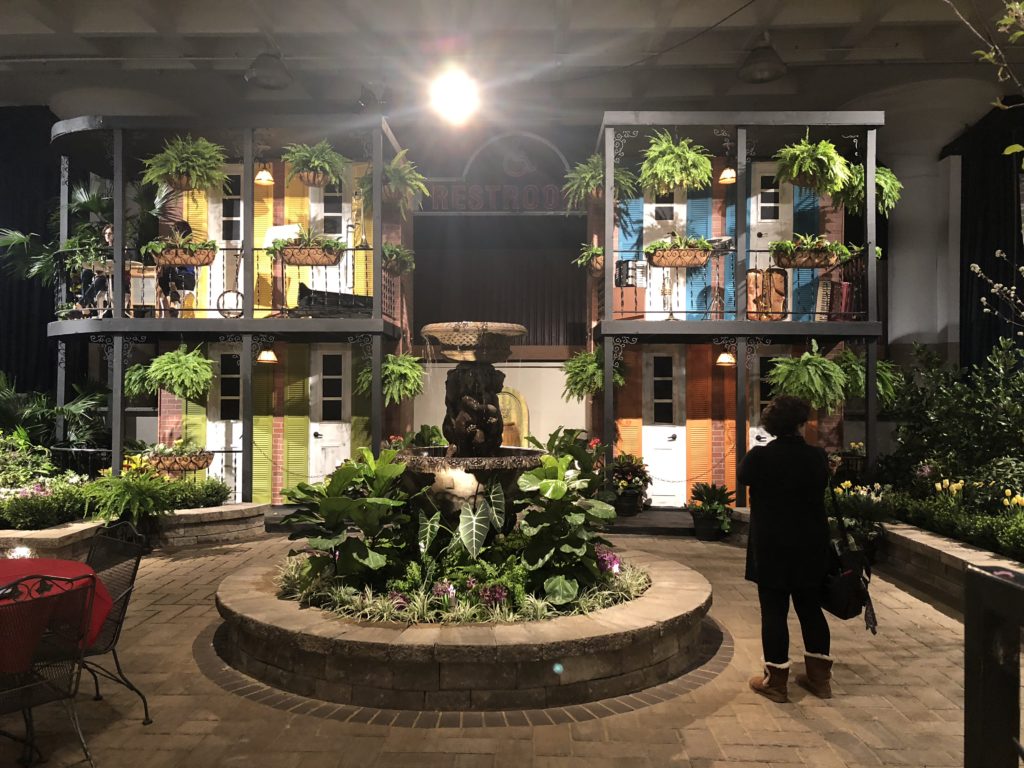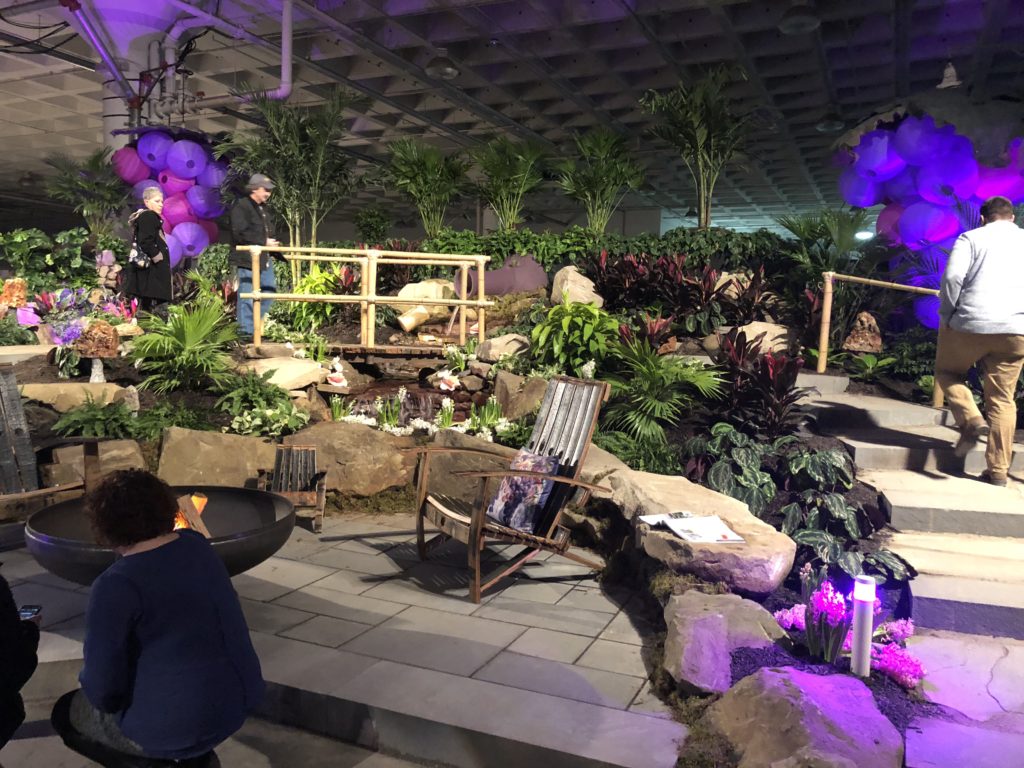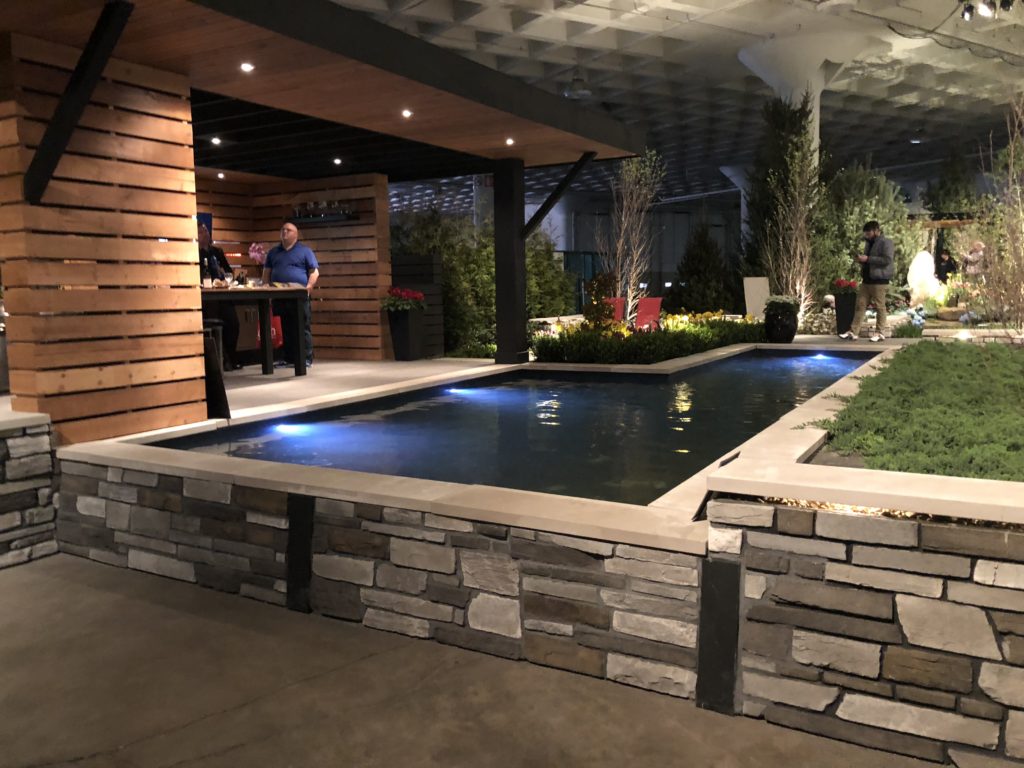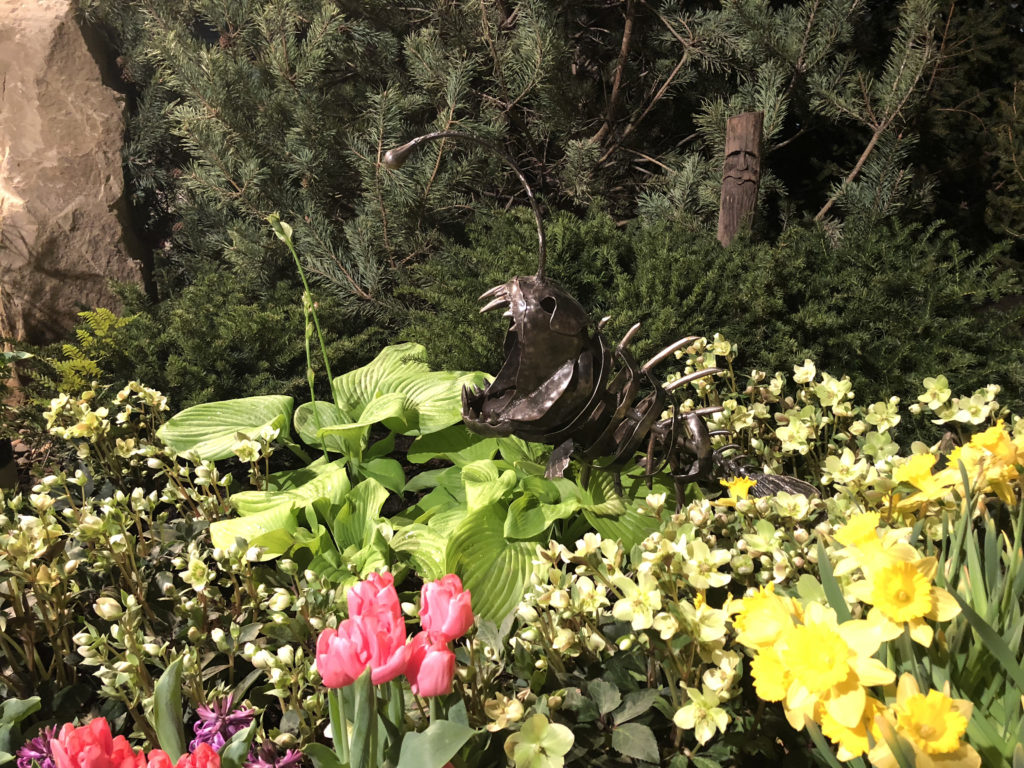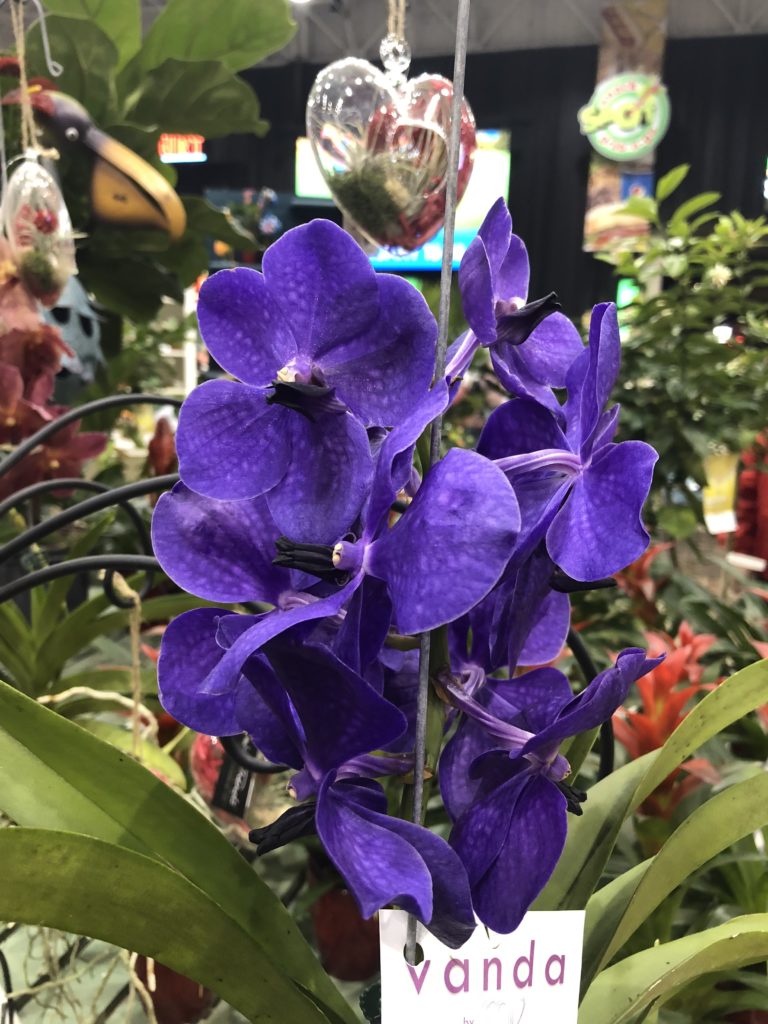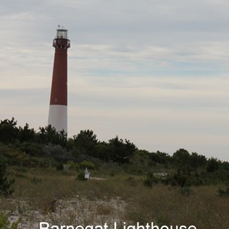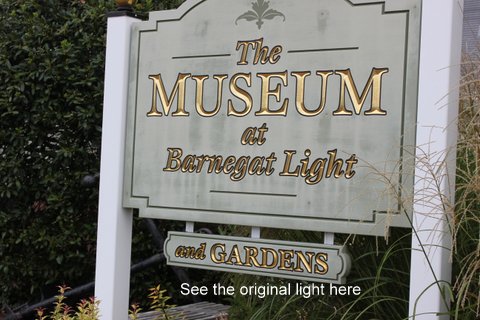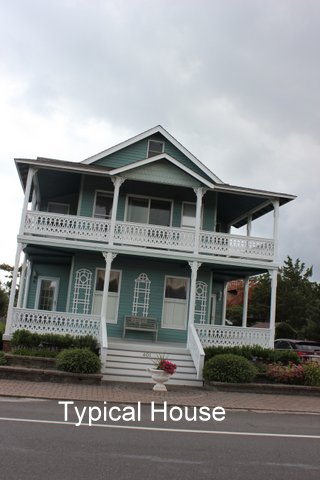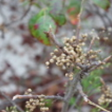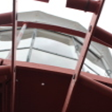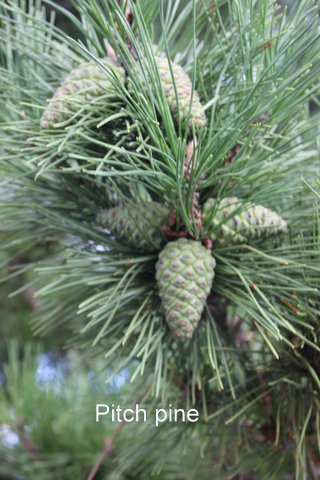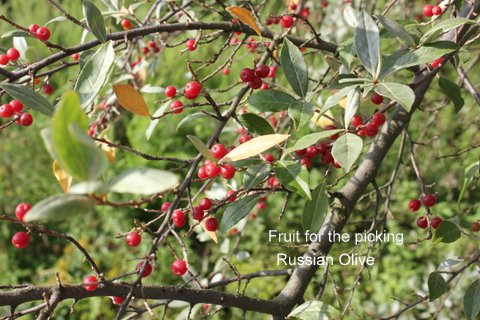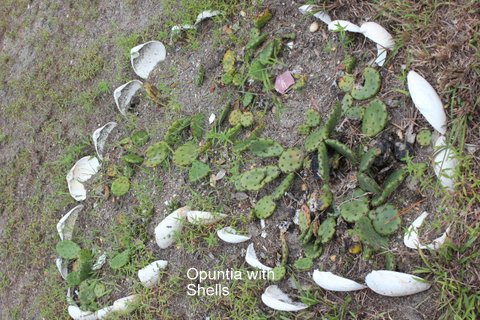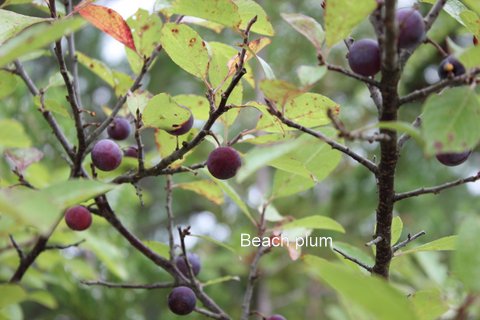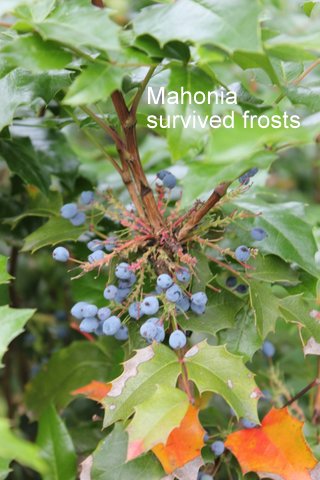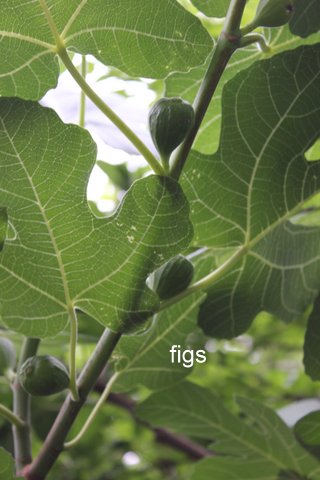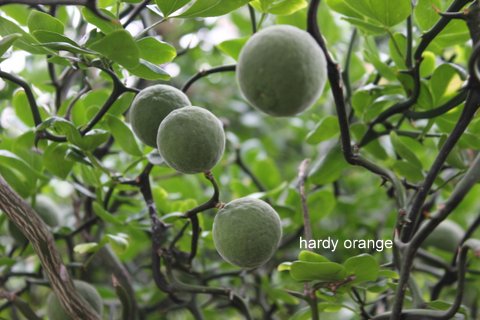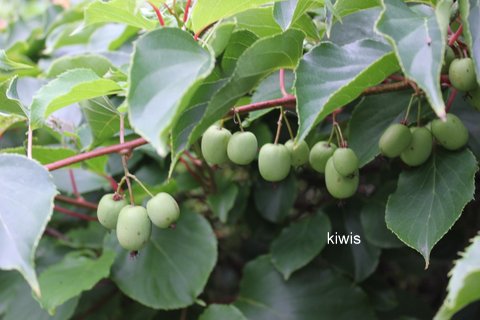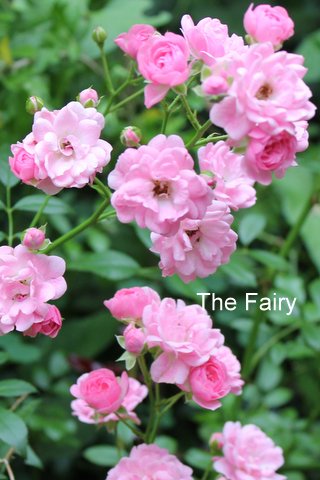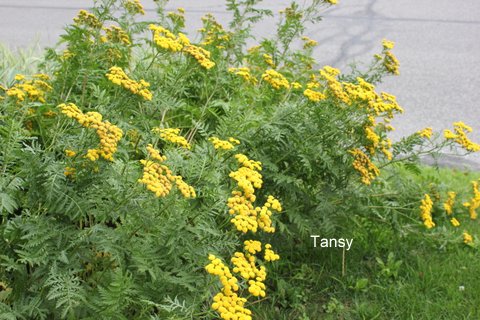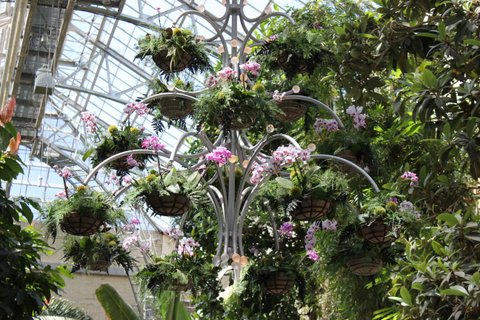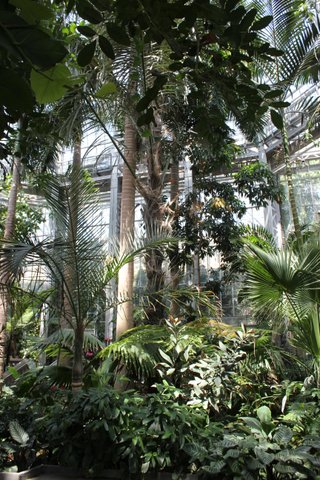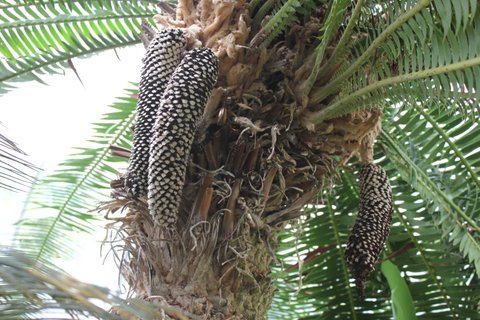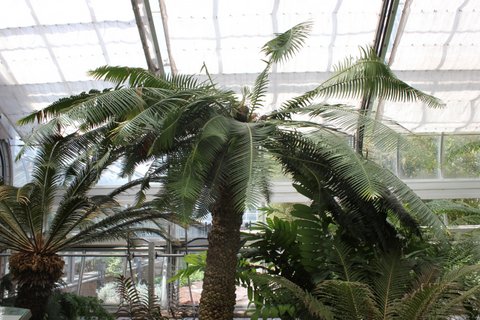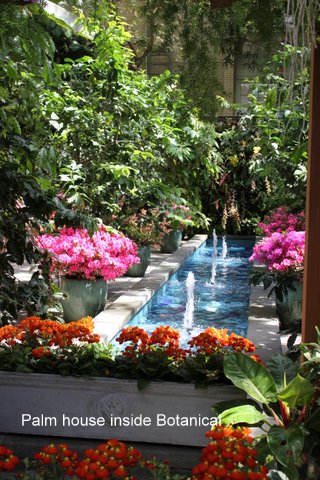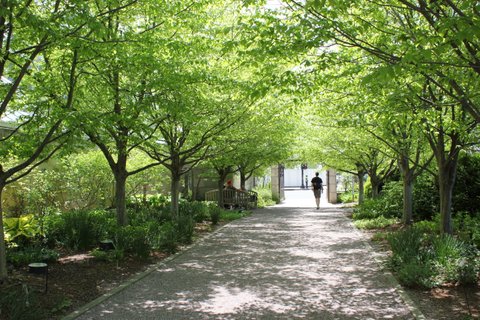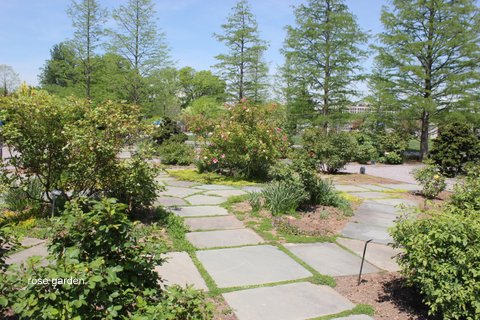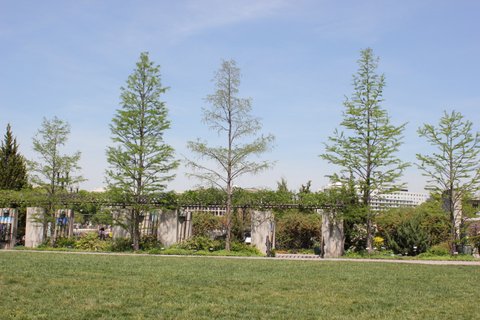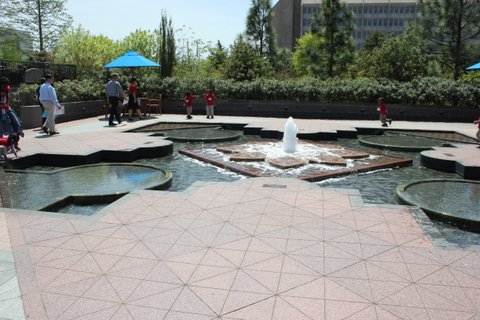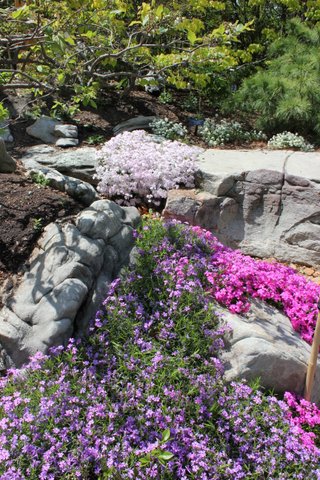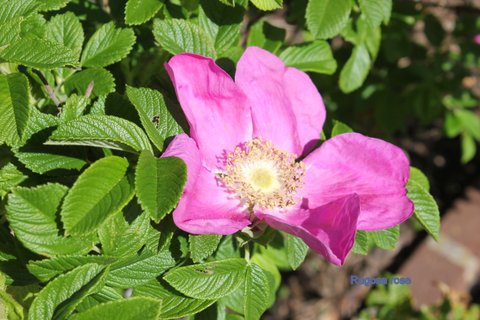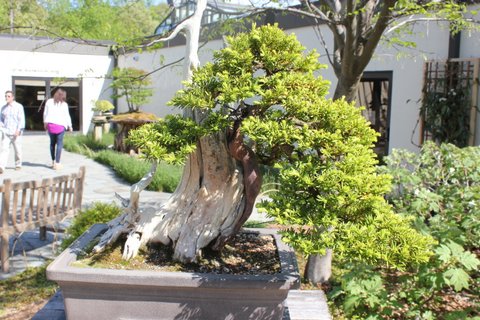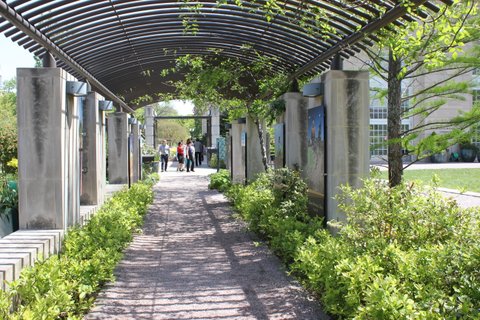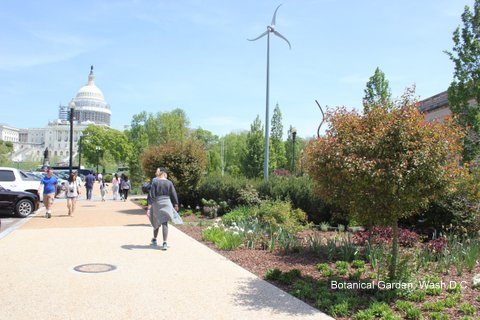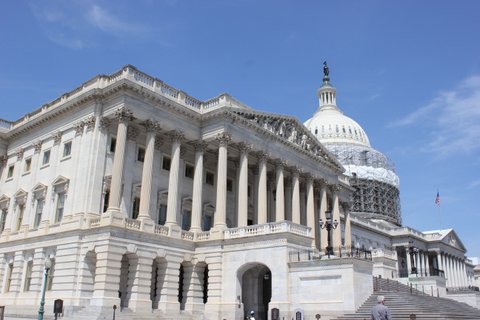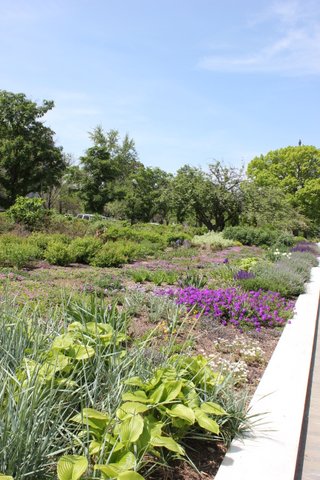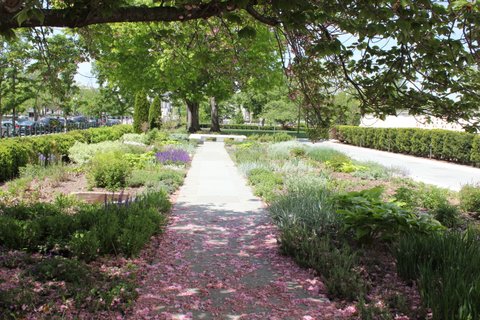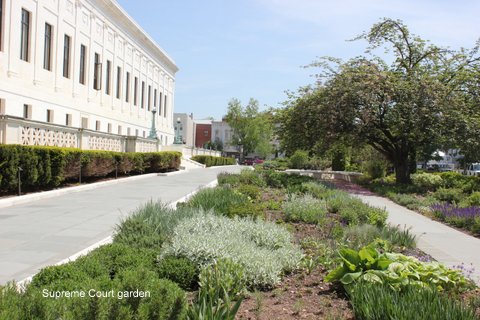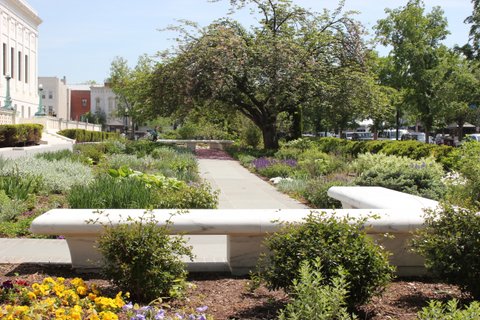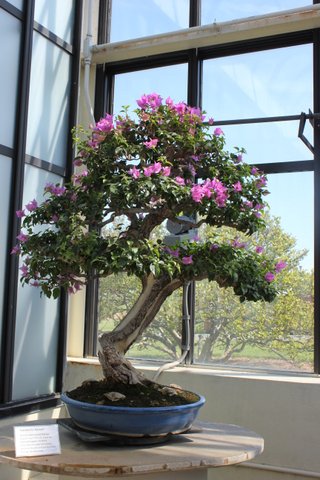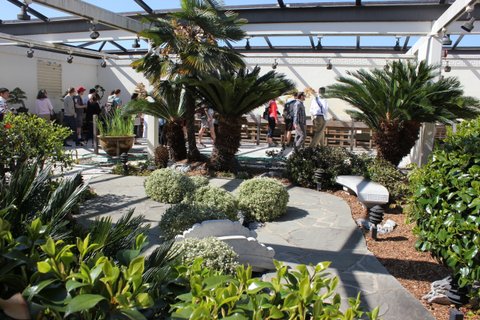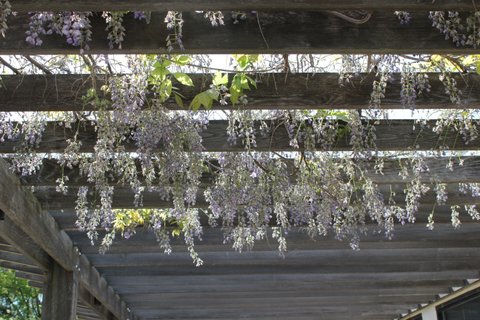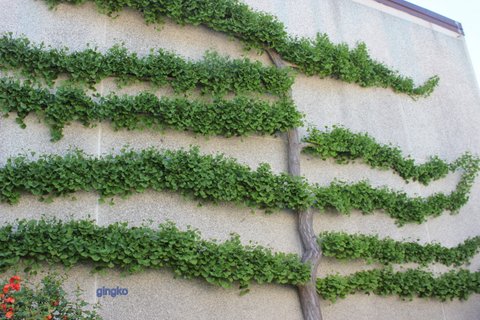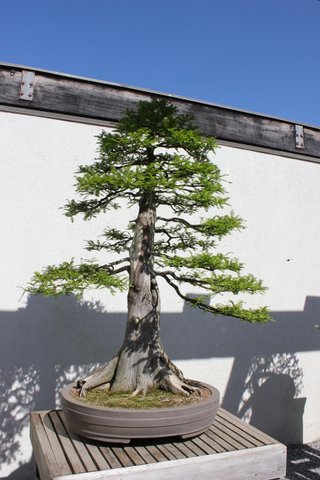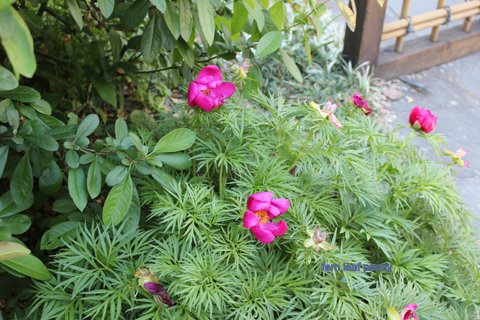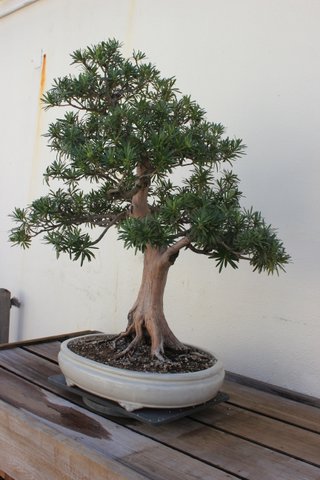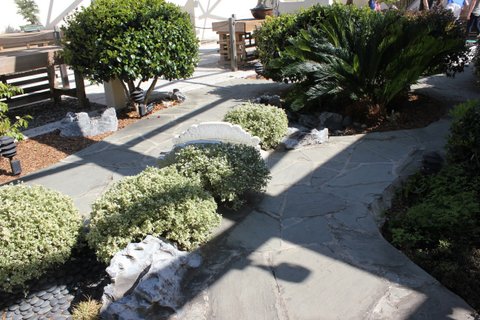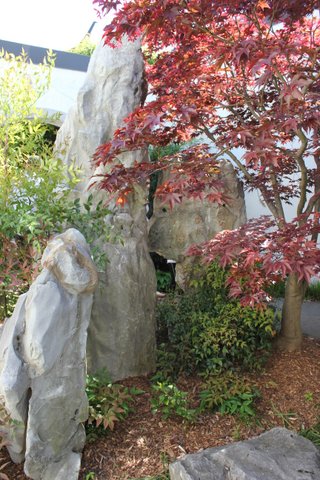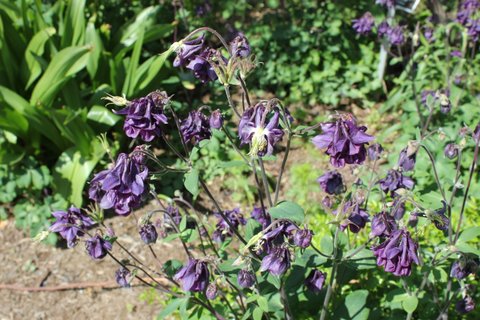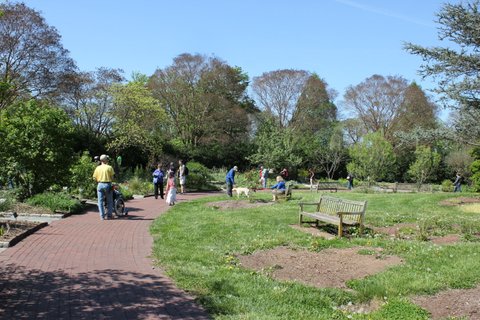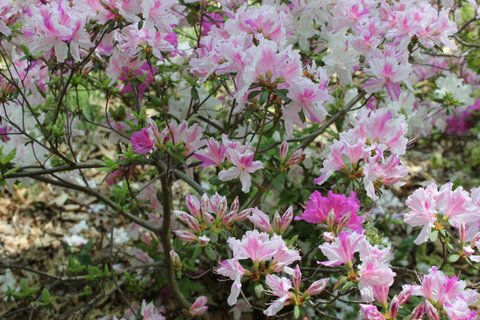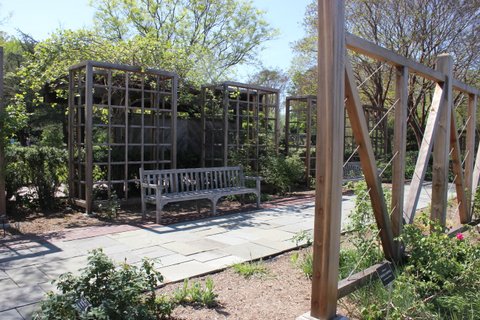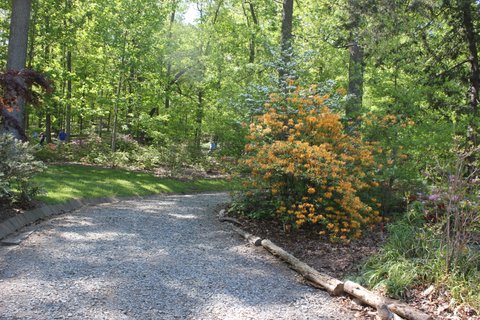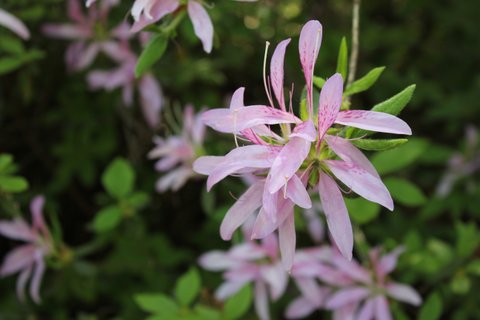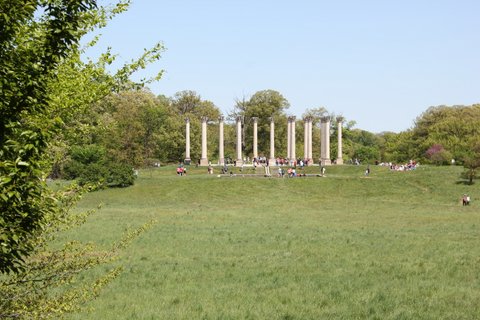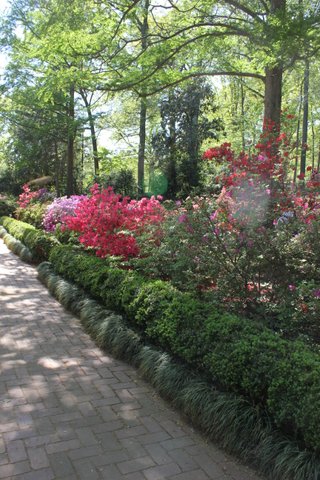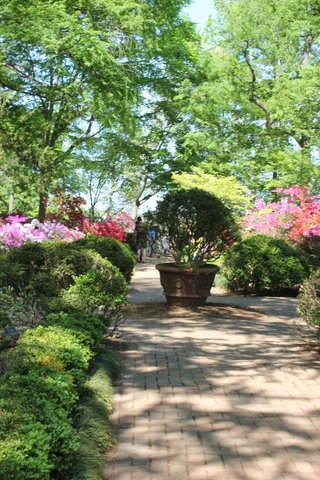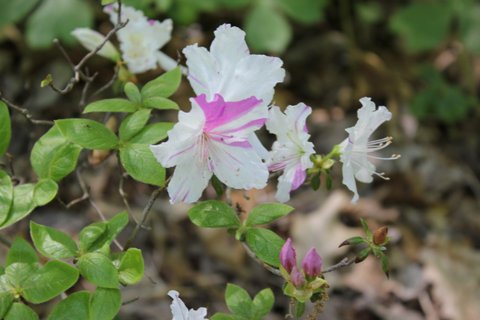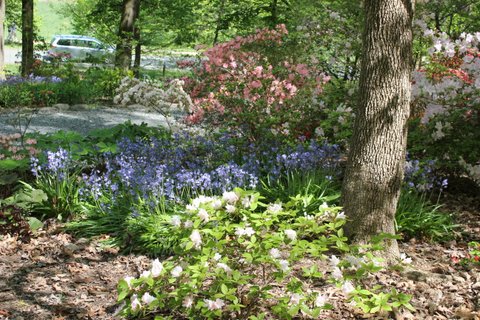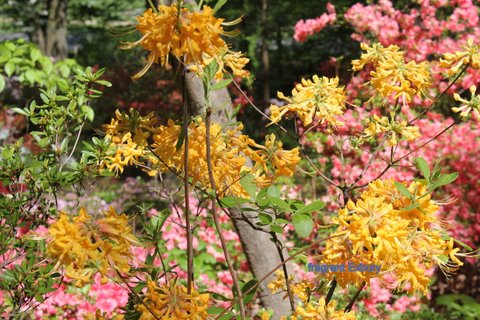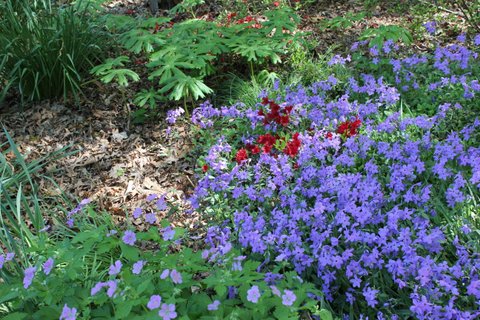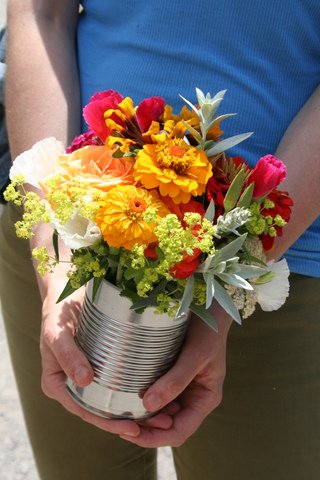by Lois Rose
Figs: you say, what? These trees are mentioned in the Bible and grow abundantly in the Mediterranean area.
Yes, I grow figs in the ground, in Cleveland Heights, have for about twenty years. Before that I followed the local wisdom that they had to be brought indoors in large barrels each winter or they would not survive. I got tired of transporting them and getting almost nothing from the tree. So, I took a risk and planted it in the ground. And lo and behold, it grew and grew and produced a ton of fruit. That tree got so big that I had to move it, thereby gaining many small fig trees in the process. I have since accumulated about five different kinds of fig trees, all of which have their own personalities.
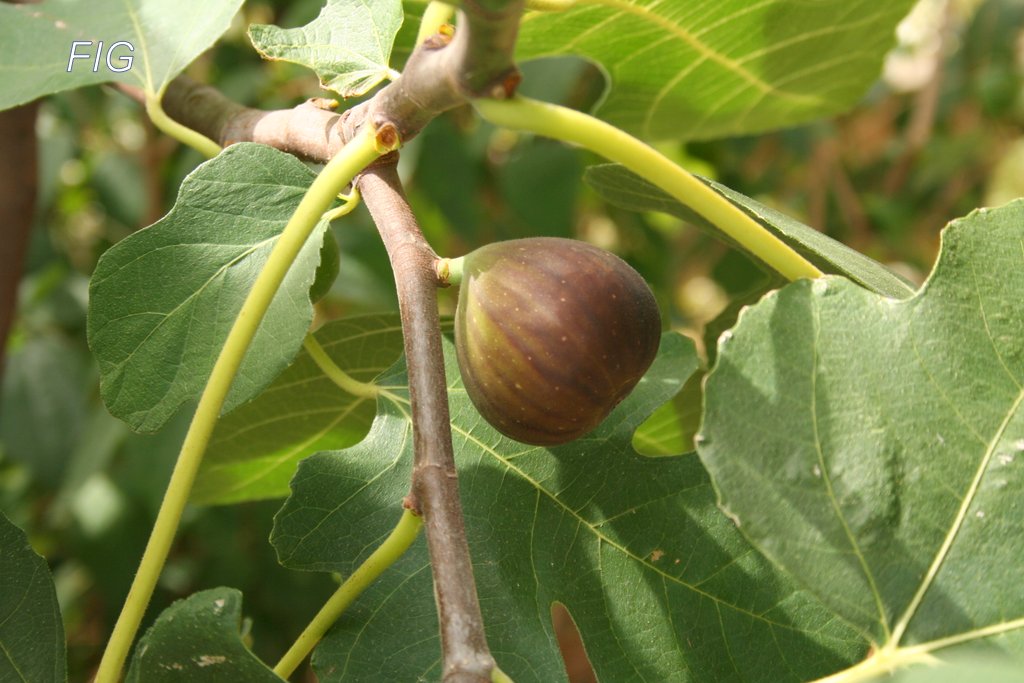
Before the terrible polar vortex winters of 13-14 and 14- 15, I had been harvesting hundreds of figs every year—perhaps five hundred in the summer of 2013. I gave many away, made preserves, ate them every morning for breakfast, had a snack in the afternoon—you get the point. But that first winter knocked them down to the ground. They have been recovering ever since.
My figs get a special treatment in the late fall, around November, when all of the leaves fall off. The fruit remaining on the trees is removed. They are tied into bunches with heavy cord, then wrapped in large tarps (using grommets can be helpful), then bent to the ground and weighted with heavy lawn furniture or big stones and slabs. When very young and pliable, for example after the years they were killed to the roots, the new stems and branches could easily be bent down. Some people cut off the roots on one side and bend the trees into a prepared ditch on the other side. In Brooklyn it was traditional to build a cage around the fig tree, wrap it up and stuff the cage with leaves, and cover the top with tar paper. I have my own method which works most years—but not in those two terrible winters. We then had two very mild winters and the figs grew very nicely, producing about thirty fruit the first summer and last summer about 150. This winter was of course another bad one, and it is still coming. I never open my figs up until the weather is totally settled—in May usually. If you take them out too soon, even if they have small leaves already, the leaves could be killed by a late frost or freeze so I wait.
Some fig trees produce an early crop, called a breba crop, which can ripen in early summer. But the big crop for all of mine starts with tiny figs in the middle of the summer—last year a full month ahead of itself because of the very warm spring. By September, and into October, some fruit ripens every day. You are fighting other creatures for the figs of course—squirrels, birds, ants. Ants are perhaps the most insidious. You must wash them away with a strong stream of water or soak your figs in a pan of water to disgorge them. Even with the attrition, it is very gratifying to walk into the yard and find figs here and there hidden in the foliage, drooping over from their stems when they are ripe and ready for picking.
I have a white fig (Bianca), Chicago Hardy and Brown Turkey and two unidentified types. They are fairly easy to find from local nurseries. If you do not take the time and energy to cover them over the winter, however, you start from scratch each spring with nothing there except the roots. Some people do not mind doing this—that is, nothing. But they do not get a big crop needless to say.
Medlars: Most people do not know about this tree. Shakespeare wrote about the fruit in several of his plays—it has been around a long time, cultivated since Roman times. The fruit looks like a small brownish apple or pear, but the calyx end has a peculiar quality—in Shakespeare’s time it was referred to as a “dog’s ass”. (See Romeo and Juliet.)
The other peculiar thing about it is that it is not eaten from the tree when ripe because it will not ripen there. You must remove it before hard frost and place it in a cool and dark place, on sand or newspaper, protected from mice, for a few weeks while it blets, or ripens. When it is soft to the touch it can be eaten or made into jelly. It is something like a spicy applesauce in taste.
The tree itself is quite charming, with very large leaves and beautiful white flowers in the early summer.
It has gorgeous fall colors—reds, oranges, yellows-and grows slowly. Plant your medlar in well drained, fertile soil in a somewhat sheltered location in sun. They do not seem to be attractive to insects or diseases. My first and oldest tree was unfortunately deer rubbed early in its life, and then a few years ago when we had a November ice storm, it was severely damaged because the leaves were still there. Pruning in late winter, as you would a pear or apple tree, helps maintain a good shape, and encourages flowering. My three trees are all grafted. (Mespilus germanica can be ordered from several good nurseries on the West Coast, like One Green World and Raintree.)
I hope I have not intimidated you with too much information. Try a little small fruit in your garden—perhaps you will get hooked as I have been.

